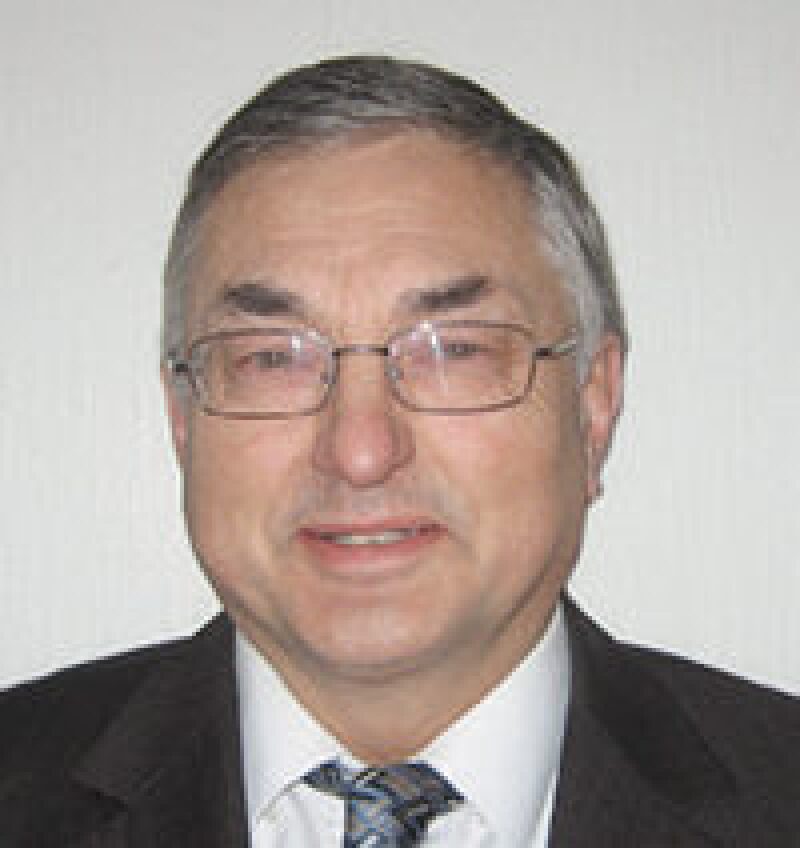The development of multilateral wells and long-reach wells has become important to maximizing recovery for many fields. These technologies are often applied in offshore environments, where large reservoir areas are drained from one or more platforms.
In the late 1980s, long-reach wells started to use existing infrastructure better by drilling beyond the design limits of that time. Several major operators were extending their limits, and, in the late 1990s, BP Wytch Farm showed that a horizontal departure exceeding 10 km was feasible. This had a significant effect on the industry because offshore platforms now could be designed for up to 10-km reach, as opposed to the early 1980s when 3-km reach was common. A field could now be developed with one platform instead of three, resulting in enormous savings.
Multilateral-well technology also matured during the past 2 decades. There were many drivers for this development. One of the more important was the desire to increase production in tight reservoirs. Another advantage is directional control. Well stimulation with fracturing has the drawback that the fracture direction is controlled by the in-situ stresses in the rock. Multilateral branches, on the other hand, can be drilled in any direction.
There has been considerable development around these technologies. Those that help clear the challenges, such as those related to wellbore stability, wellbore friction, equipment limitations, and operational aspects, can be considered mature technologies today.
The main benefit from directional drilling is the maximizing of reservoir recovery. From this perspective, multilateral/extended-reach wells may be considered one of the more important means of improved oil recovery.
Although these directional-well concepts have been used for some years, they were initially costly with a high economic risk. There is a continuous technology development at many levels that leads to improvements. These result in more-efficient processes, with increased field recoveries as a consequence. Therefore, multilaterals and extended-reach wells are now common and will be very important for future cost-effective oil and gas production.
This Month's Technical Papers
New Rotary Shouldered Connection Expands Capability of ERD Operation
Magnetic Referencing and Real-Time Survey Processing Enable Tighter Spacing of Wells
Innovative Tool Improves Hole-Cleaning Efficiency in Extended-Reach Wells
Recommended Additional Reading
SPE 174035 Technology Qualification and Installation Plan of Efficient and Accurate Multilaterals Drilling Stimulation Technology for Sandstone Oil Application by Kevin Rice, Fishbones, et al.
SPE/IADC 168055 Expanding the Extended-Reach Envelope at Chayvo Field, Sakhlin Island by Vishwas P. Gupta, ExxonMobil, et al.
SPE 168235 CT Extended Reach: Can We Reach Farther? by Ken Newman, KNewman Engineering, et al.

Bernt S. Aadnøy, SPE, is a professor of petroleum engineering at the University of Stavanger, specializing in all aspects of well engineering, including geomechanics. He worked for major operators in the oil industry from 1978 until 1994, when he transitioned to academia. Aadnøy has published more than 150 papers, holds several patents, and has authored or coauthored five books, among them Modern Well Design, Petroleum Rock Mechanics, and Mechanics of Drilling. He was also one of the editors of the SPE book Advanced Drilling and Well Technology. Aadnøy holds a BS degree in mechanical engineering from the University of Wyoming, an MS degree in control engineering from The University of Texas at Austin, and a PhD degree in petroleum rock mechanics from the Norwegian Institute of Technology. He was the recipient of the 1999 SPE International Drilling Engineering Award and is also a 2015 SPE/AIME Honorary Member and a 2015 SPE Distinguished Member. Aadnøy is a member of the JPT Editorial Committee and can be reached at bernt.aadnoy@uis.no.

